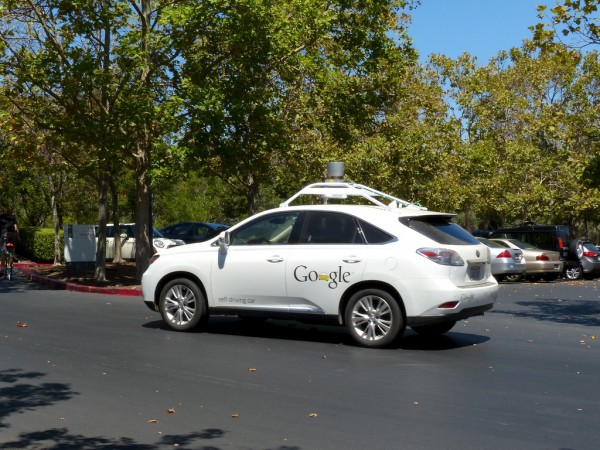Will driving a car be illegal in the future?
02/08/2017 / By Tracey Watson

It is entirely possible that driving your vehicle could become illegal in the next dozen or so years, but not for any of the reasons you’re likely imagining. Though global warming and other environmental concerns likely immediately spring to mind, driving might become a thing of the past for an entirely different reason: the development of technology that could virtually eradicate vehicle accidents.
Jay Samit of Tech Crunch believes that driving will become illegal by 2030. And if he’s correct, that would not be a moment too soon. The World Health Organization (WHO) predicts that unless serious action is taken in the meantime, road traffic crashes will become the 7th leading cause of death worldwide by 2030.
Current statistics show that approximately 1.25 million people die in car accidents around the world each year, and such accidents are the leading cause of death for young people between the ages of 15 and 29.
Though vehicle manufacturers have taken great strides in improving the safety features of vehicles in the past few decades, they cannot eradicate human error. And it is human error that is responsible for upwards of 94 percent of all car accidents. A driver who is tired, is texting while trying to drive or who drives drunk, is a constant in most vehicle tragedies.
Enter the self-driving, or autonomous, vehicle. Such vehicles can sense their environment and navigate without any human input whatsoever, using GPS; inertial navigation systems; and various sensors, including radio, radar and lidar. These sensors and software allow self-driving cars to detect vehicles, cyclists and pedestrians up to two football fields away in all directions.
Self-driving cars are legal for testing purposes in Nevada, Florida, California, Michigan and Washington D.C. Several other states have voted against legalizing these vehicles, while the jury is still out in the remaining States.
Google has been actively involved in the development of self-driving vehicles since 2009. The project was initially known as the Google self-driving car project, but in 2016, was renamed Waymo, when an independent company was formed. By 2012, Google’s self-driving vehicles had driven 300,000 test miles on the open road, and that same year, the company started focusing on testing the cars in city environments which are complicated by traffic, pedestrians and cyclists. In 2014, Google designed its own custom vehicle from the ground up, rather than modifying existing vehicles. By the end of last year, self-driven vehicles had covered over 2 million miles on the streets. In addition, in 2016 alone, the vehicles were put through over one billion simulator miles.
The results? In all these millions of miles, self-driving vehicles have been responsible for … zero accidents, though other human drivers drove into them a total of 11 times.
That is an incredible record and is certainly reason for excitement.
Not everyone is in favor of the technology, though. Critics have three main areas of concern:
- Should “regular” driving become illegal, millions of taxi drivers, truck drivers, chauffeurs and delivery people would lose their jobs;
- The addition of such technology could add upwards of $10,000 to the sticker price of new vehicles, at least initially; and
- The software that is an integral part of the technology of self-driving vehicles is vulnerable to cyber-attack. This was illustrated by Charlie Miller and Chris Valasek in 2015, when they took control of a Jeep Cherokee’s UConnect system, which controls multiple features of the vehicle, including its navigation system. Miller and Valasek were able to interfere with the vehicle’s air conditioning, radio and windshield wipers, and even to eventually bring it to a complete standstill, all from the comfort of their couch. (RELATED: Read GLITCH.news for reports of technological glitches.)
So, while self-driving vehicles are clearly an exciting prospect for the future, there are other considerations that must be factored in before people’s right to drive their own vehicles can be stripped away. All the more reason to get enough rest, put away our cell phones and say no to that drink before getting behind the wheel of a car.
Sources:
Tagged Under: driver's licenses, Drunk driving, Google, self-driving cars, vehicle accidents, Waymo


















